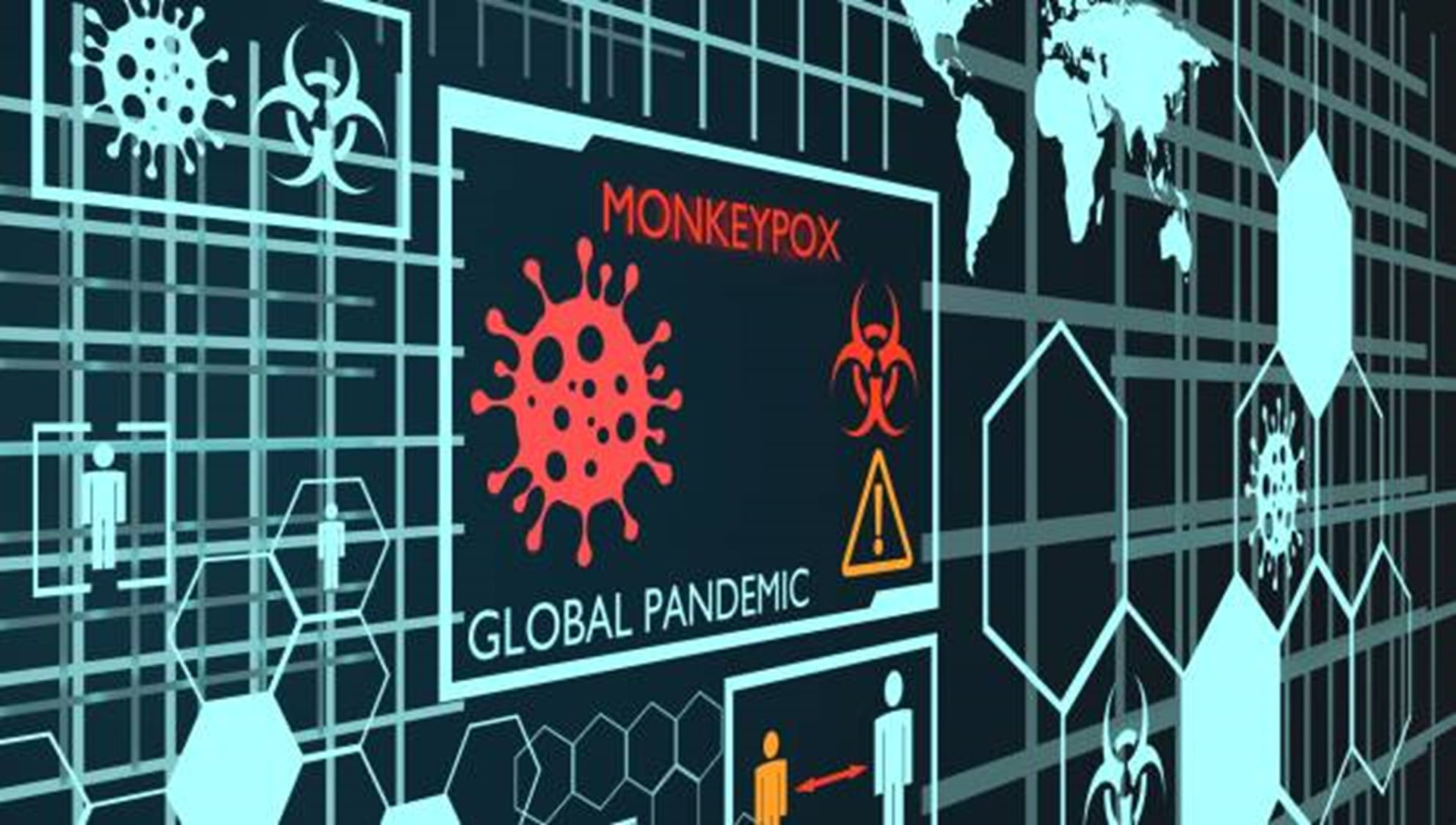
The United States is preparing for the 117th congressional race. There are 469 seats in the U.S. Congress, comprised of 34 Senate seats and 435 House seats for election on November 8, 2022. While there is ample coverage of presidential elections, Congress is as, if not more important, in our system of checks and balances. Candidates have begun their political campaigns by keying into voters’ social media timelines, news feeds, televisions, commutes, mailboxes, and more.
As political campaigns launch, social media platforms, like Meta, are learning from previous elections and plan to combat misinformation by investing millions of dollars to combat dis-/mis- information from spreading on their platforms. For example, Meta, the parent company of Facebook, is investing an additional $5 million in fact-checking. The proposed intent is to protect election integrity and avoid campaigns from leaning into polarizing topics to seed propaganda that quickly impacts the polls or makes it challenging for voters to decipher fact from fiction.
As Assistant Professor of Communications at the University of Arizona, Dam Hee Kim observed politicians, the media, and voters have become the scapegoats for the harms of fake news. Few of them produce misinformation. Most is produced by foreign entities and political fringe groups who create the content for financial or ideological purpose. This is where foreign entities or domestic bots will achieve their greatest effect. Another aspect will be that the misinformation will manifest in congressional races as representatives have to campaign every two years and done so without extensive social media or public affairs support.
In this issue of Overwatch, analysts examine the current trends to see what topics generated strong responses from different electoral bases as politicians attempt to influence and swing the voter electorate.
The 2020 Census Apportionment
One key factor impacting the midterm elections is the recent 2020 census apportionment. Six states (Texas, Colorado, Florida, Montana, North Carolina, and Oregon) gained seats in the U.S. House, while seven (California, Illinois, Michigan, New York, Ohio, Pennsylvania, and West Virginia) lost seats.
This reapportionment will shift campaign strategies, forcing them to hone in on keywords with the most significant influence for voting power in the hopes of ‘flipping’ red or blue states. This will be true, especially for states with a larger number of delegates, like California, Texas, and Florida. This approach will permeate the current political discourse, creating an environment ideal for actors in the field of dis- and misinformation. Their goal, regardless of political party, is to create friction.
Invasion
“Invasion” is the current mainstream political dialogue addressed in campaigns around the immigration situation at the U.S. Southern border, partly due to mis- and disinformation campaigns by advocates on both sides of the debate.
The term “invasion” in academic and open-source material is attributed to the extremist or white nationalist race replacement theory. Candidates evoking invasion are quickly labeled as racist, nationalist, or extremist by those who are pro-immigration. This classification provokes a strong emotional response, preventing an examination of potential solutions. For right-wing candidates, invasion elicits strong emotional responses highlighting the threat of loss of country and identity. This also promotes an intense sense of crisis, requiring rebuttals from political opponents.


In a recent example, Texas is bussing immigrants from Texas to New York and Washington, DC. This event is generating strong reactions from both sides of the political divide. From the left, the narrative remains ensconced in racist policies, highlighting the singling out of offloading immigrants into the bigger cities and the unnecessary wasteful spending on a “political stunt.“ For the conservative or right-wing candidates, the move is seen as challenging perceived liberal, misguided views on immigration. This is further amplified in comment strings of video clips showing immigrants arriving in New York and Washington DC. City officials are requesting additional aid from the Federal Government, and the National Guard is seen as vindication among the right-wing affiliated groups claiming the efforts are a drain on local U.S. resources.


Election Integrity
The ongoing perceptions and claims of widespread fraud during the 2020 presidential election will have a halo effect on the congressional primaries. Candidates are utilizing the talking point of election integrity to distance themselves from the “stop the steal” and/or “the election was stolen” while attempting to retain supporters with strong misgivings about the elections. The counter theme is to brand these conservative candidates as election deniers, extremists, or threats to democracy.


Insurrection
For many congressional campaigns, ‘insurrection’ was a keyword used in marketing messages, especially sparked by the most recent Mar-A-Lago raid. From the left, the trend was using phrases such as “armed insurrection” or “attempted coup d’état” to evoke a strong emotional response and tag them as extremists. In addition, trends emphasized attributing definitions of insurrection to images from that day.

For conservative campaigns, the events of January 6 were de-emphasized in terms of the severity of the day’s events. Many candidates, particularly at the congressional level, utilized “trespassing” or a misdemeanor when describing the charges levied at protesters. This also is strongly linked to deep state inferences that the government was using or outright staging of the January 6 events. The January 6 event is also described in lower profile campaign races as a false flag operation by the government, with one instance comparing it to the 1933 Reichstag Burning, associating the Nazis staging the event to impose additional measures on the population.
The other narrative is to focus on the unfairness of the January 6 committee. It is associated with their investigation as a mechanism to stir passion and anger at the government or, more precisely, the opposing political party.


Assessment
Going into the congressional election, Overwatch analysts anticipate narratives around invasion, integrity, and insurrection to continue, if not be amplified by misinformation. One researcher noted that “dis- and misinformation has allowed opposing sides to establish their own set of facts and attributes of responsibility.” This has enabled narratives on both sides of the coin to move from the margins to mainstream political discourse.
Social platforms intent to secure the integrity of the election will be met with dynamic and more sophisticated content as the campaign season progresses. Beyond the digital landscape, we predict misinformation to extend to offline – small events in backyards, churches, restaurants, and community centers, transforming or expanding to social media through edited photos or video clips, adding to social media noise, challenging voters to decipher what is news and what is noise.
For insurrection, we will see terminology like “armed,” “Nazi,” and “violent extremist” being promoted. At the same time, right-wing platforms and bots will amplify content that frames January 6 as a false flag or deep state operation and focus on the ongoing detention of protestors. Efforts will amplify government reactions or lack thereof to previous protests promulgated by Antifa and/or BLM.
For this brief, Overwatch analysts utilized the Discover, Develop, and Monitor (D2M) methodology framework. During Discovery, the focus was on identifying those important keywords and some basic context to those words. In the area of immigration, we saw the word “Invasion” emerging as a descriptor. In the aftermath of the 2020 election, campaigns keyed in on phrases like ‘Election Integrity” or “Election deniers.” The words “Insurrection” and/or “J/6” or “January 6” were also consistently in play.
Overwatch analysts investigated further to see if these keywords expanded into more fluid segments/platforms across social media. The result showed the recent search warrant or raid of former President Donald Trump’s Mar-a-Lago residence is currently dominating the mediascape, but this is likely to blend into the deep state that is coming for the average citizen narrative emerging from the wake of January 6 and the ensuing January 6 commission.
Overwatch will continue to monitor campaign trends between the congressional election and provide updated briefs as necessary.

















